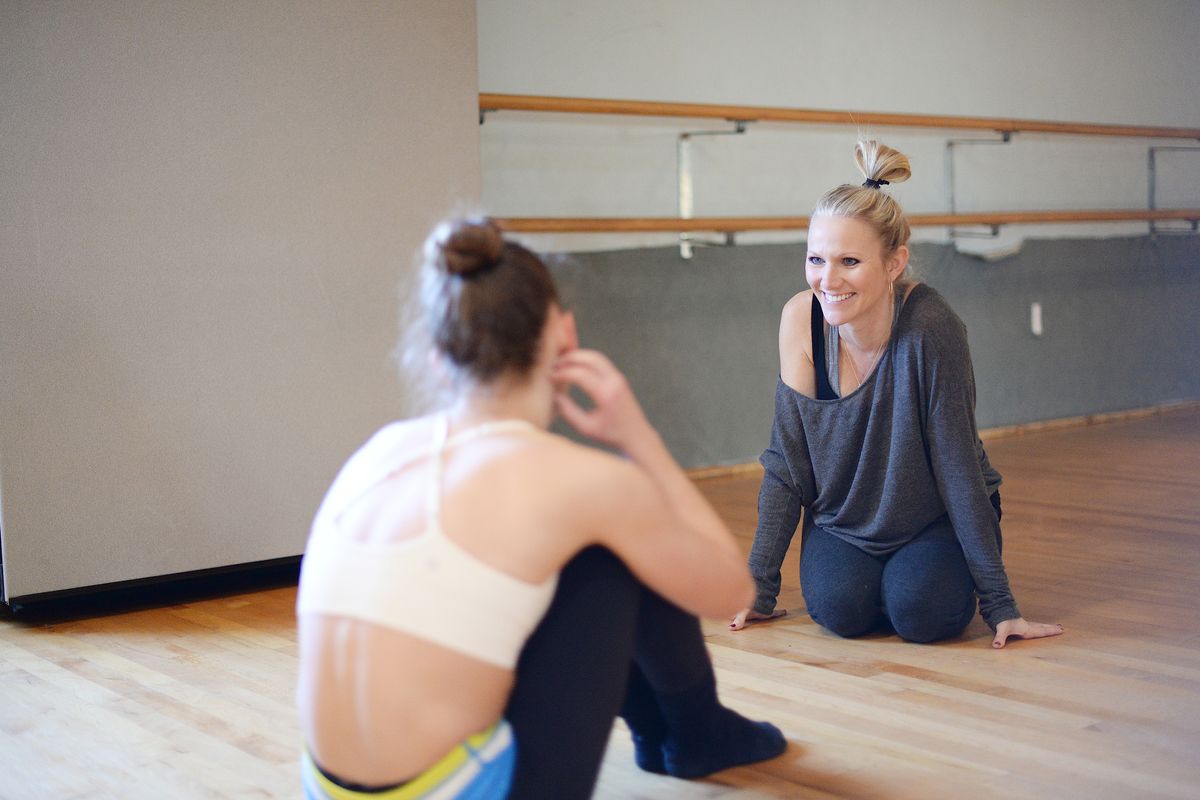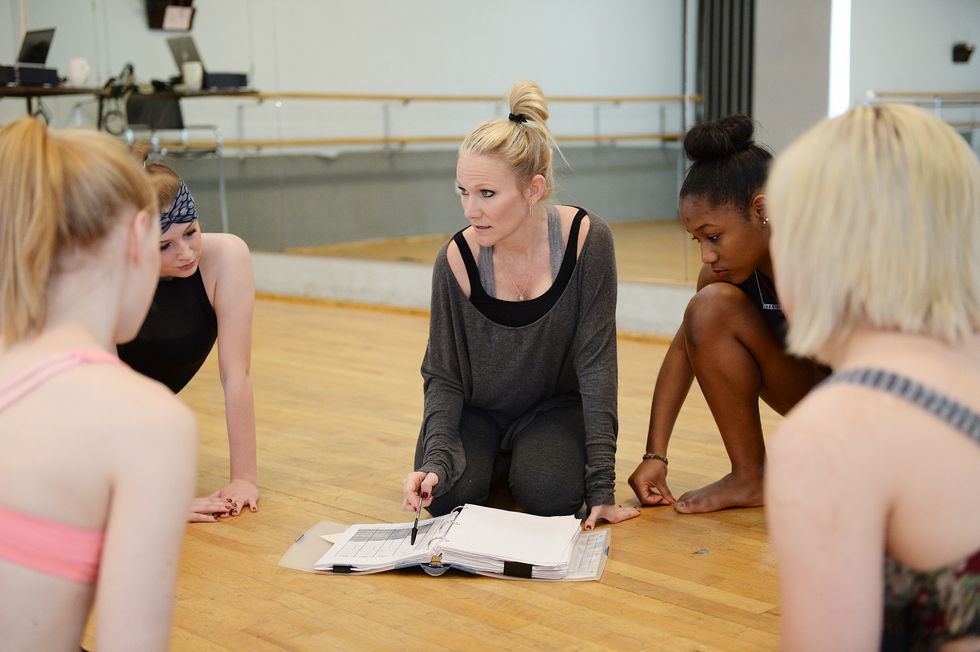
Christy Wolverton had a student who often either missed class or seemed to be sick. “When you’re in our pre-professional company, attendance is huge,” says Wolverton, owner and director of Dance Industry Performing Arts Center in Plano, Texas. She tried to be patient with the dancer and communicate with her parents to get a better idea of what was going on at home. “When she was diagnosed with a serious illness,” she says, “we were relieved that we didn’t come down on her for something that wasn’t her fault.”
Wolverton prefers to err on the side of caution when working with young students. But she admits there’s a broad spectrum of personalities and pain thresholds to consider with dancers. “You have kids who stub their toe and think their foot is broken, and the ones who actually break their foot and still want to dance on it,” she says. “And when there’s not a physical problem but something emotional, that’s tricky, too.” Knowing how and when to intervene can be a tough call, especially when dancers try to hide their difficulties. Teachers need to be adaptable and intuitive to assess individual students and guide them back to the right track.
Talk About It Encourage communication and talk often with students. Wolverton includes a clause in her studio contract letting students know they can speak openly, and she insists families tell her if there’s anything that might affect a student in class. If dancers are struggling with an injury, for example, they might not want to talk about it for fear they’ll disappoint the teacher or get replaced in a part. “I need to know if there’s a problem,” says Wolverton, “so that I can adjust my teaching and make sure I’m not being overly hard on a child because they’re not doing something full-out or working to their full potential.”
Families are often eager to respond to a teacher’s call for help. But there might be unfortunate situations when parents deny a child’s behavior or physical complaints. “In that case, keep advocating for your dancer,” says Dr. Susan Margolis, clinical psychologist at Amplifying Performance Consulting. She suggests you present facts, rather than offering opinions, because facts will be more difficult to argue against. Bring your concerns to the director or principal of the school, if necessary, and frame your role as a caring educator. “You’re not the parent, so there’s only so much you can do,” she says.
 For Wolverton, the key to knowing when to step in is communication—with both students and parents. Photo by Lauren Guy Summersett.
For Wolverton, the key to knowing when to step in is communication—with both students and parents. Photo by Lauren Guy Summersett.
Physical Issues Some dancers want to push through injuries despite the pain, potentially causing even greater problems. “I try to get these students to focus on the future,” says Raymond Rodriguez, head of Joffrey Ballet’s studio company and trainee program. “I give them examples from my past, pointing out mistakes I made or things that have happened to other people. This serves as a warning for them and shows that they might need to take two steps back before they can move four steps forward.”
If Rodriguez notices that a certain dancer is constantly injured or frequently sits down in class, he’ll address the problem right away. “Unless something is seriously wrong, I help them understand that they have to work through the discomfort sometimes,” he says. “By center, it usually feels better.” Rodriguez frequently receives reports from the Joffrey Ballet Academy doctors and physical therapists to stay up to date on student injuries. “We have to teach them when to stop and when to push through. Get them to overcome that fear of failure,” he says.
Emotional Challenges If students are showing frustration, anxiety or fear, it might be wise to let them take the lead rather than singling them out in class. “Maybe the dancer excuses herself from class,” says Margolis. “If she’s struggling and needs to sit down for a moment, or get some water and take a few breaths, give her the permission to do it.” Always approach the student and talk kindly and calmly about what you’ve been observing. Give the dancer an opening to share her thoughts, if necessary.
In cases of tremendous anxiety, try taking a performance angle with the dancer. Talk about how professionals work with sports psychologists to examine the mental component of performing, and try to destigmatize the idea of talking to a professional. Rodriguez suggests not rushing to interfere but instead giving students time to handle it on their own first. “So many of our students are young adults, dealing with many emotions and issues outside the studio,” he says. “I don’t like to be a disciplinarian 100 percent of the time—I will be empathetic if I know they are having a rough day.”
Remind students that the studio is a safe environment, and it’s OK if they have setbacks or failures. “I’ve had kids with stage fright, anxiety or such perfectionism that they’re afraid to mess up,” says Wolverton. “They have to remember that dance is supposed to be their passion, something they enjoy. I try to help them keep a healthy perspective.” DT
Julie Diana was a principal dancer with San Francisco Ballet and Pennsylvania Ballet. She and her husband Zachary Hench now direct Juneau Dance Theatre in Alaska.




